Pharmacist Phan Trung Nguyen, Pharmacy Unit, University of Medicine and Pharmacy Hospital, Ho Chi Minh City - Facility 3 said that according to traditional medicine, colds are often classified as "exogenous wind-cold" diseases, with symptoms such as mild fever, chills, cough, stuffy nose, no sweating, headache, stiff neck, body aches. The main treatment is "perspiration", which means sweating to expel evil spirits. Steam bath, also known as "steam to relieve cold", is a form of perspiration through steam carrying essential oils of medicinal herbs with warm and spicy properties, helping to open pores, increase peripheral blood circulation, regulate body temperature and relieve cold symptoms.
"Steaming brings many benefits such as helping to dilate peripheral blood vessels, increase blood circulation, relieve congestion in the nose, throat, and bronchi, induce sweating, help expel evil spirits, help the body feel light, relax, and improve sleep quality. However, steaming should only be used in cases of mild colds, no high fever, and no serious underlying diseases," pharmacist Nguyen shared.
Medicinal herbs commonly used for steam baths
According to pharmacist Nguyen, depending on family conditions, people can use many types of leaves with essential oils, warm properties, and a mild spicy taste, popular in Vietnam. Commonly used herbs include mint, Vietnamese balm, perilla, lemongrass, lemon leaves, grapefruit leaves, and tangerine peel. Take about a handful of each type, using fresh leaves is best, but if you have dried leaves available, you can still use them.
In addition, you can increase or decrease the medicinal herbs depending on the specific symptoms, such as people who are afraid of cold or wind should add fresh ginger and cinnamon. People with body aches should add five-fingered leaves, piper lolot leaves, and mugwort. People with rhinitis and prolonged nasal congestion can add pigweed (purple eclipta). People with mild fever should reduce the temperature by adding bamboo leaves and perilla leaves.
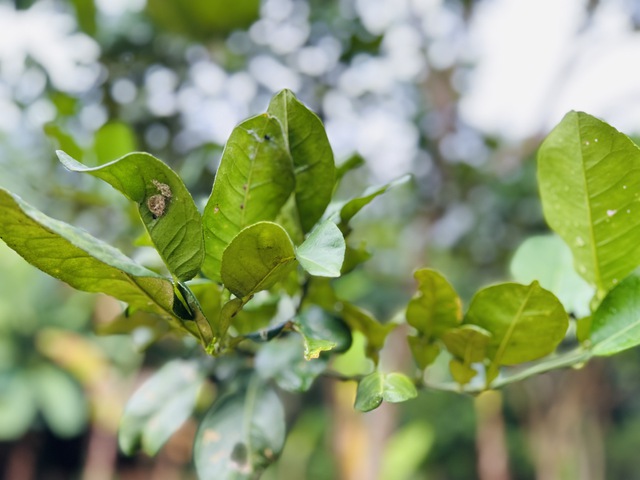
People can use many types of leaves with essential oils, warm properties, and a mild spicy taste, popular in Vietnam such as grapefruit leaves, lemon leaves...
PHOTO: LE CAM
Instructions on how to steam at home
Step 1 : Prepare ingredients
- 5-7 types of leaves above, one handful of each (about 100-150 g total).
- 3-5 liters of water.
- A pot with a tight-fitting lid.
Step 2 : Boil the steaming water
- Wash the leaves, put them in a pot of water, cover tightly.
- Boil for about 7-10 minutes to let the essential oil evaporate evenly.
- Remove the pot and place in a sheltered place.
Step 3 : Steaming
There are 2 forms of steaming:
- Full body steam: Cover yourself and the pot with a blanket, keeping a safe distance (30-40 cm) to avoid steam burns. Breathe deeply and relax for 10-15 minutes.
- Steaming: If your feet are cold or sore after walking in the rain, you can put your feet on a chair, steam from the pot below, and cover your feet with a towel/blanket. You can use a specialized steaming chair, or design a lid with small holes to let the steam up.
Note safety when steaming such as avoiding placing your face or feet too close to the pot of boiling water. After steaming, dry your body, change into dry clothes and rest in a warm place. Do not bathe or go out in the wind immediately. Recommended frequency, steaming 1-2 times when you first feel a cold is enough. Do not steam continuously for many days because it can easily cause dehydration and loss of energy.
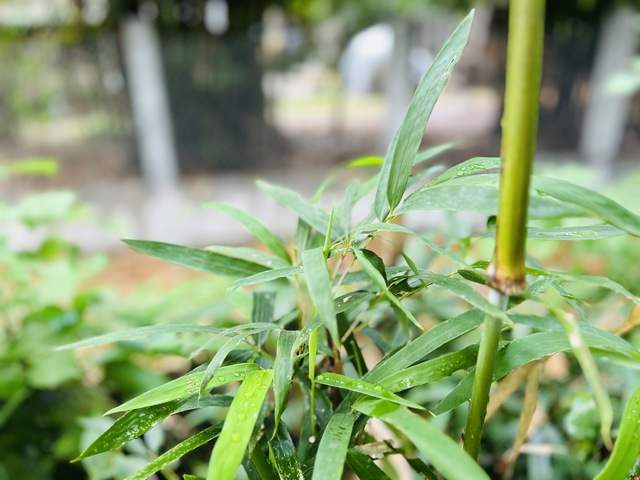
People with mild fever need to lower the temperature by adding bamboo leaves and perilla leaves to the steaming water.
Illustration: LE CAM
Notes when using steam method
Pharmacist Nguyen noted that steaming should only be a supportive measure, not a complete substitute for medication if the condition does not improve after 2 days. People with underlying conditions or severe symptoms should consult a doctor before applying. Do not steam immediately after a full meal or when hungry.
Steam inhalation with traditional medicine is an effective method in treating mild colds, especially in humid and stormy weather conditions. However, people need to do it correctly and on the right subjects to promote effectiveness and avoid risks. In any case of abnormal symptoms such as prolonged high fever, difficulty breathing, severe headache, it is necessary to go to a medical facility for timely examination and treatment.
Cases where you should not steam
According to pharmacist Nguyen, steaming is simple but not suitable for everyone. The following people should not steam:
- Have a high fever above 38.5°C or sweat a lot.
- Dehydration, blood loss, acute diarrhea.
- High blood pressure or fluctuating blood pressure, severe cardiovascular disease.
- The elderly, weak, or recovering from illness.
- Pregnant women, during menstrual cycle.
- Children under 12 years old (due to unstable thermoregulation mechanism).
- People with skin diseases, ulcers, widespread infections.
- People with mental illness or lack of self-control.
- People with heatstroke, exhaustion, sunstroke.
Incorrect steaming can lead to low blood pressure, dehydration, heat stroke or worse, fainting.
Source: https://thanhnien.vn/xong-hoi-tri-cam-lanh-nhu-the-nao-de-tot-cho-suc-khoe-185250526163006704.htm




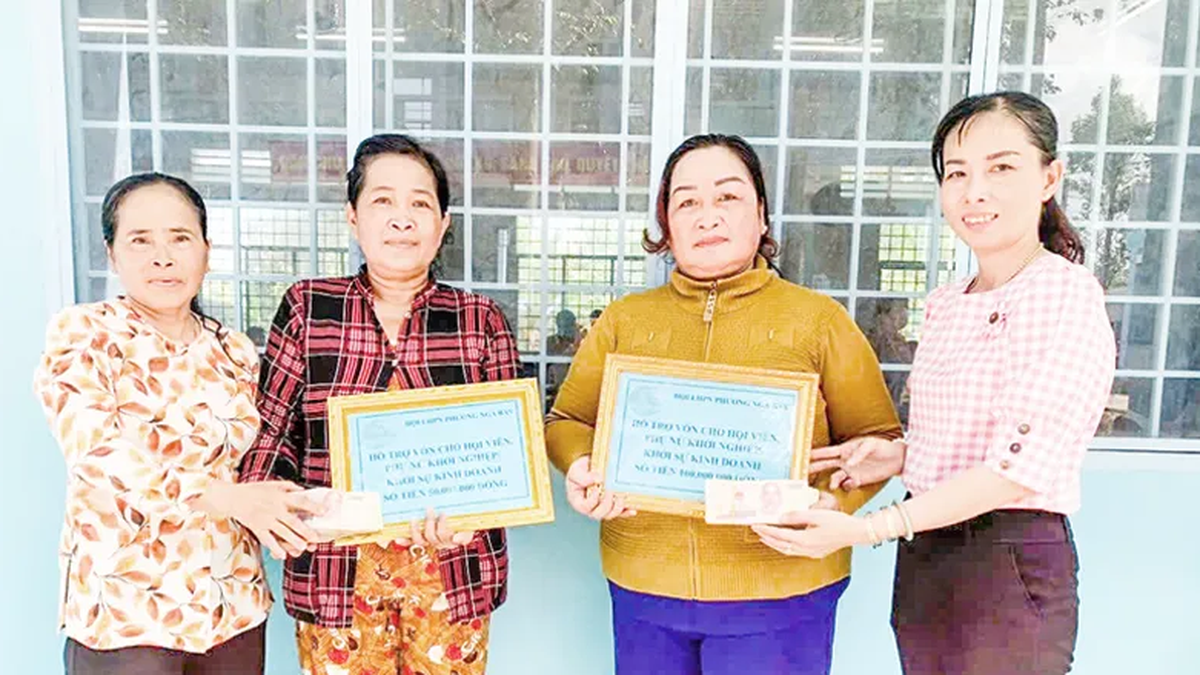



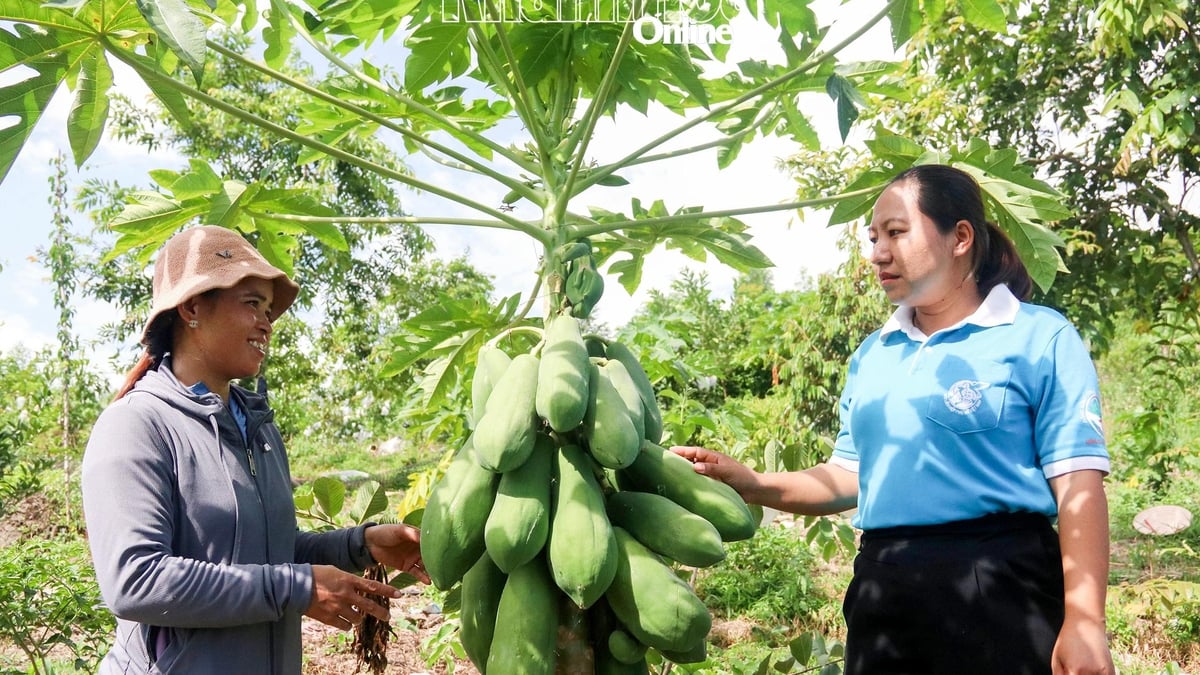
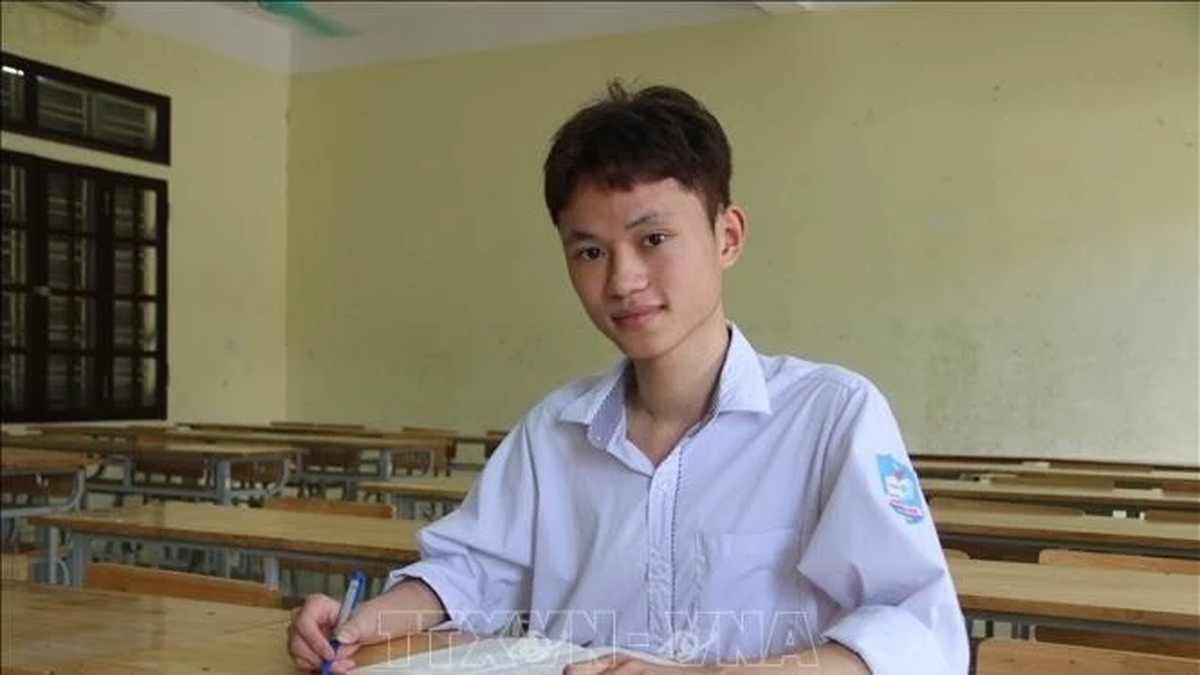

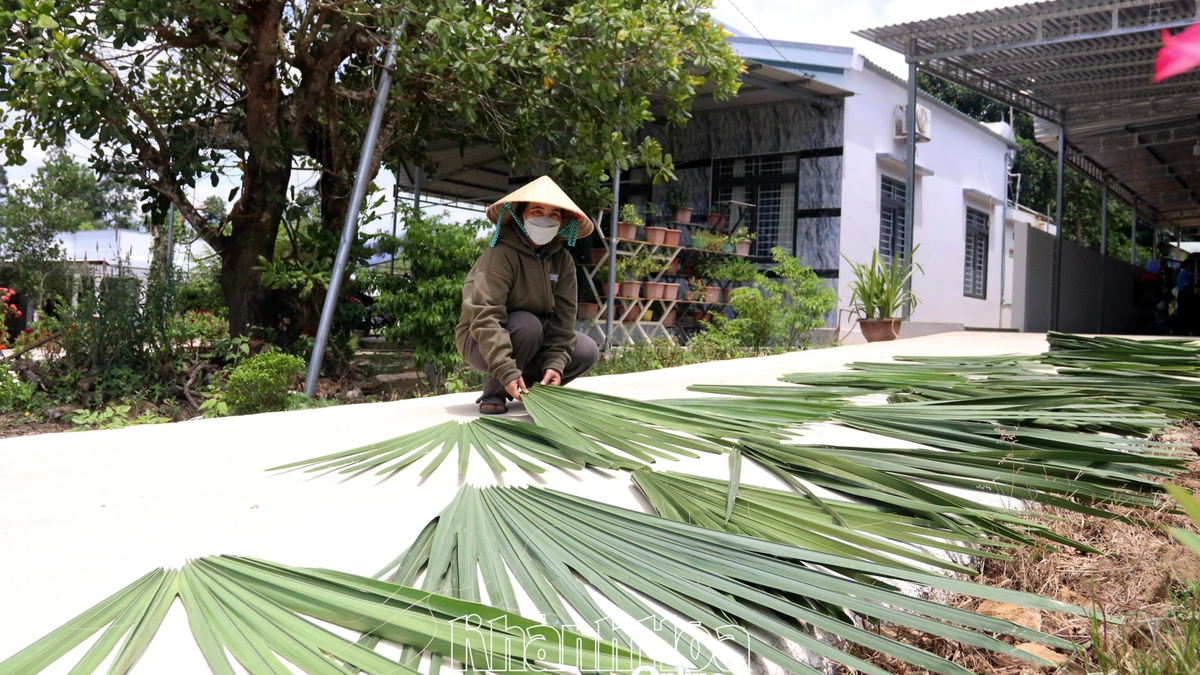








































![[Maritime News] More than 80% of global container shipping capacity is in the hands of MSC and major shipping alliances](https://vphoto.vietnam.vn/thumb/402x226/vietnam/resource/IMAGE/2025/7/16/6b4d586c984b4cbf8c5680352b9eaeb0)













































Comment (0)